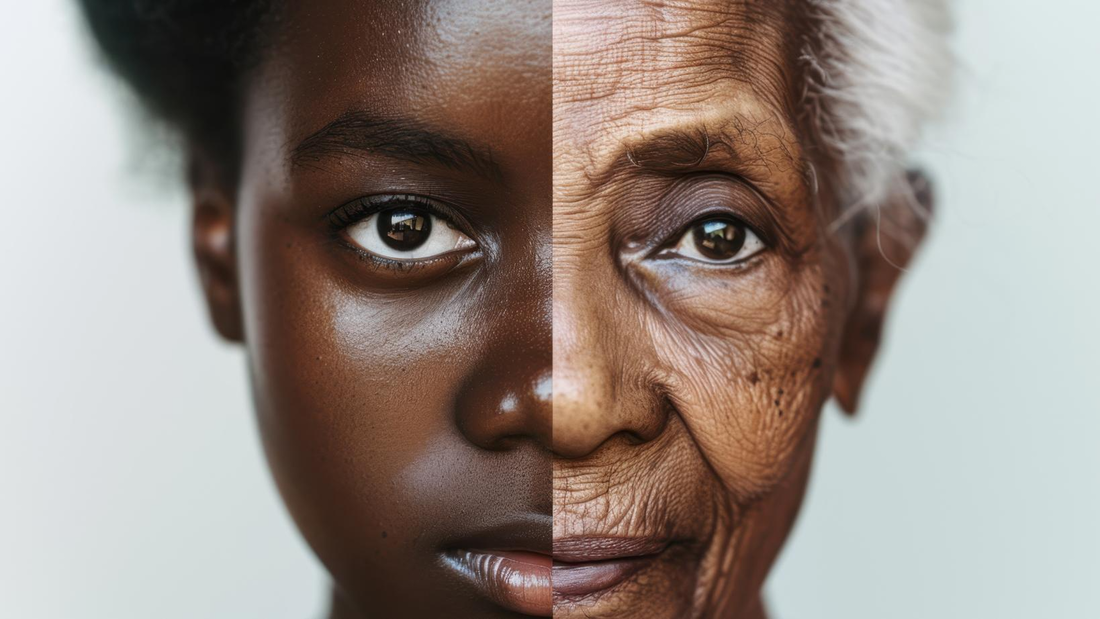
The recent Modern Healthcare article, "How healthcare DEI leaders are battling waning support," paints a concerning picture: DEI initiatives are under attack, leaders are facing burnout, and resources are dwindling. While the situation is challenging, there's an often-underutilized tool that can help healthcare organizations turn the tide: video.
The article by Mari Devereaux, published on September 5th, 2024, highlights several significant challenges:
Video offers a powerful way to address these challenges and empower DEI leaders:
In the face of political opposition and skepticism, video can be a powerful tool to showcase the unwavering commitment to DEI within your organization and the positive impact it has on patients and the community.
Limited resources and overwhelming workloads can hinder the progress of DEI initiatives. Video can streamline processes, amplify impact, and boost morale for DEI teams.
While DEI and health equity are distinct, they are deeply interconnected. Video can help illustrate this connection and showcase how a diverse and inclusive workforce leads to better health outcomes for all.
Transparent communication and a clear vision for the future are vital for successful DEI initiatives. Video can bring these elements to life, making them more engaging and impactful for all stakeholders.
Many healthcare organizations already have some video content related to DEI. However, in today's challenging climate, it's essential to go beyond basic testimonials and create a more strategic and impactful video strategy. Here are some scenarios where enhancing your video approach can make a real difference:
 An example of a longitudinal video. One concept is running a "split screen" to see how a patient (ideally one previously recorded) has been impacted by health equity today.
An example of a longitudinal video. One concept is running a "split screen" to see how a patient (ideally one previously recorded) has been impacted by health equity today.In the fast-paced world of healthcare, it's easy to focus on the latest initiatives and forget to revisit past successes. However, showcasing progress over time is crucial for demonstrating the long-term impact of DEI efforts and building momentum for future initiatives.
Healthcare video with enough planning can be a powerful tool for longitudinal storytelling. By revisiting past DEI initiatives and highlighting their ongoing impact, you can:
At Goodsides, we're not just video creators; we're storytellers, strategists, and passionate advocates for a more inclusive and equitable world. We understand the unique challenges DEI leaders face in healthcare, from navigating political pushback to securing resources and demonstrating impact.
We believe in the power of video to:
Despite the headwinds, DEI remains critical to the success of healthcare organizations. Video can be a powerful tool to overcome challenges, amplify successes, and build a more inclusive future for all.
Contact Goodsides today for a free consultation. Let's discuss how we can partner with you to harness the power of video to support your DEI initiatives and make a lasting impact.
Remember: The fight for diversity, equity, and inclusion is ongoing. But with the right tools and strategies, we can turn the tide and create a healthcare system that truly serves everyone. Let's make it happen, together.
The original version of this page was published at: https://www.government.media/post/turning-the-tide-for-dei-leaders-how-video-can-be-a-powerful-ally-in-healthcare
With Goodsides videos, providers become trusted resources and pillars of their communities by empowering individuals with the knowledge they need to make informed health decisions and live healthie... Read more
A seismic shift is underway in California's healthcare landscape, and it's not about a new medical breakthrough or a groundbreaking treatment. This time, it's about equity, ...read more
In the intricate landscape of healthcare, Artificial Intelligence (AI) is poised to revolutionize everything from diagnostics to treatment plans. Yet, the "black box" ...read more
The healthcare industry is evolving at an unprecedented pace. New technologies, evolving patient expectations, and a competitive talent market demand innovative communication strategies. ...read more
In the sterile confines of a hospital room, where anxiety and uncertainty often loom, the power of human connection and personalized care can make all the difference.Imagine a world ...read more